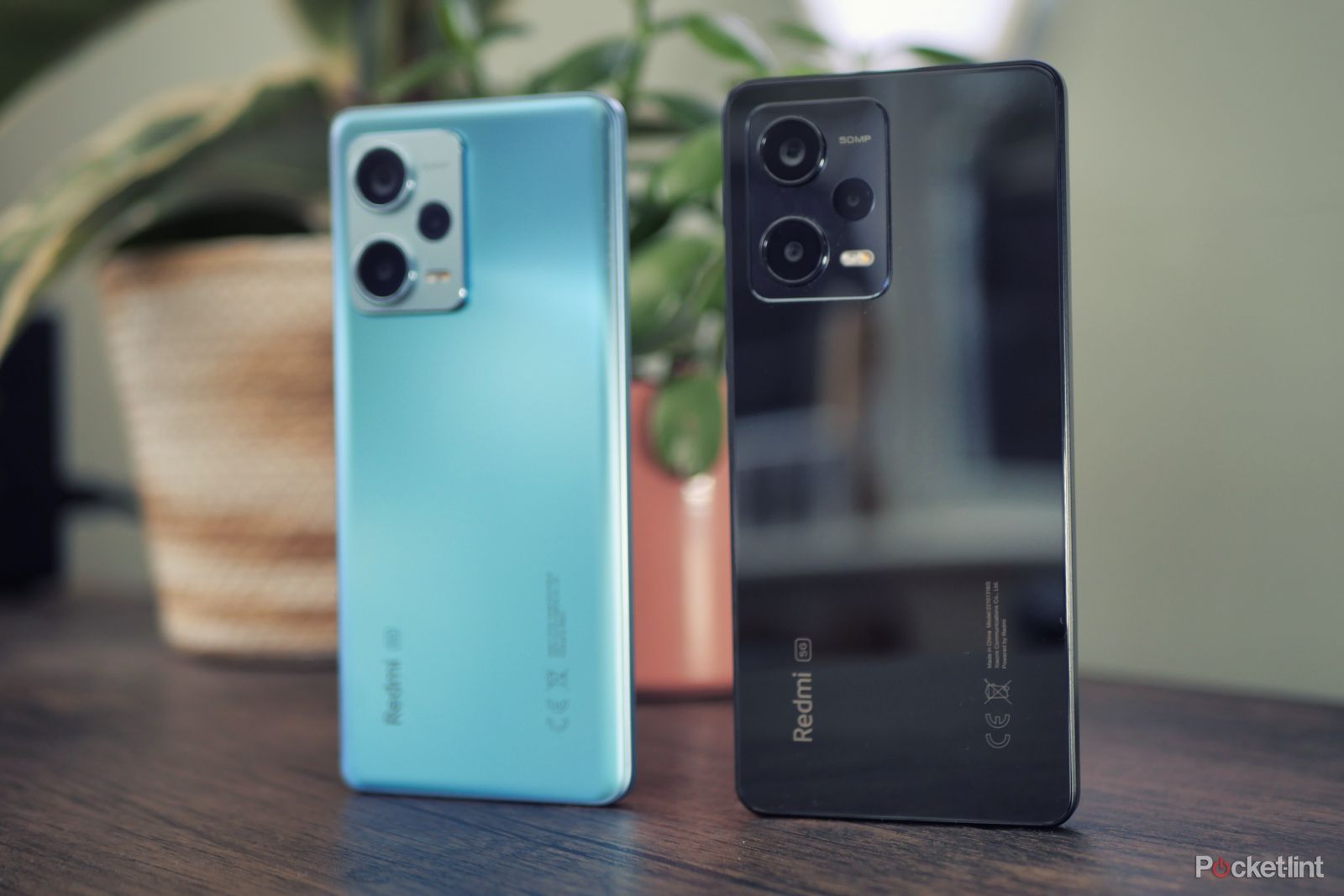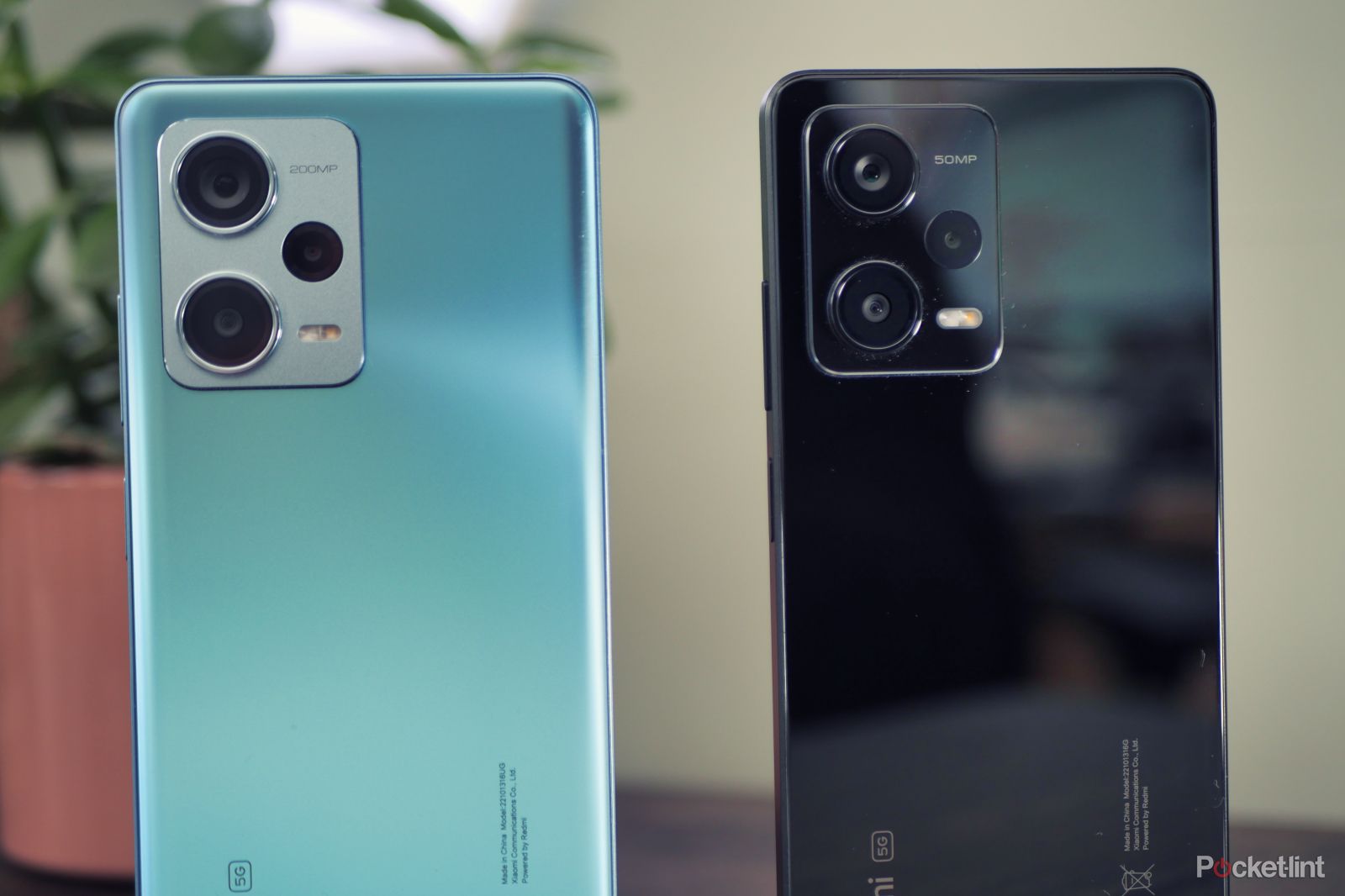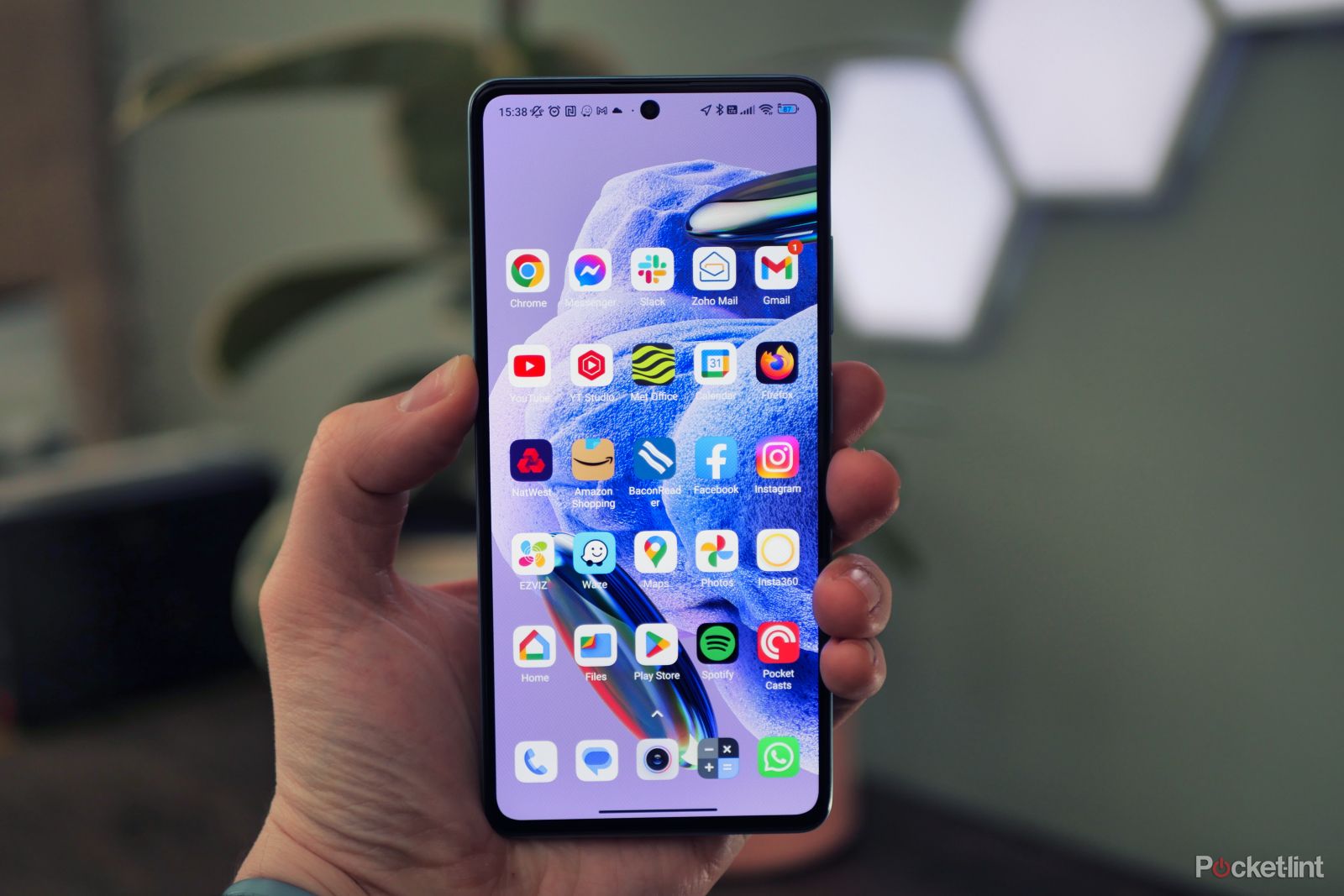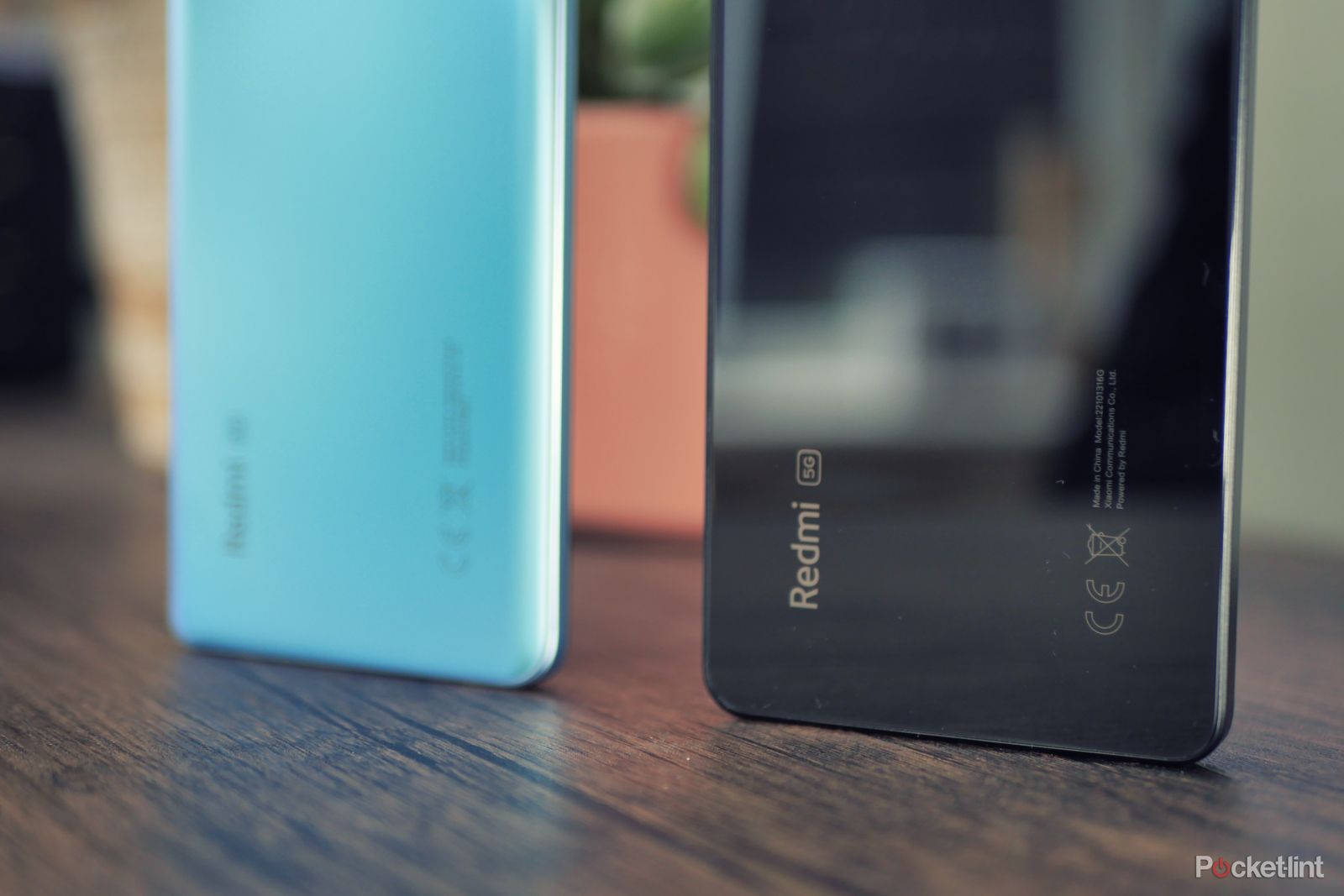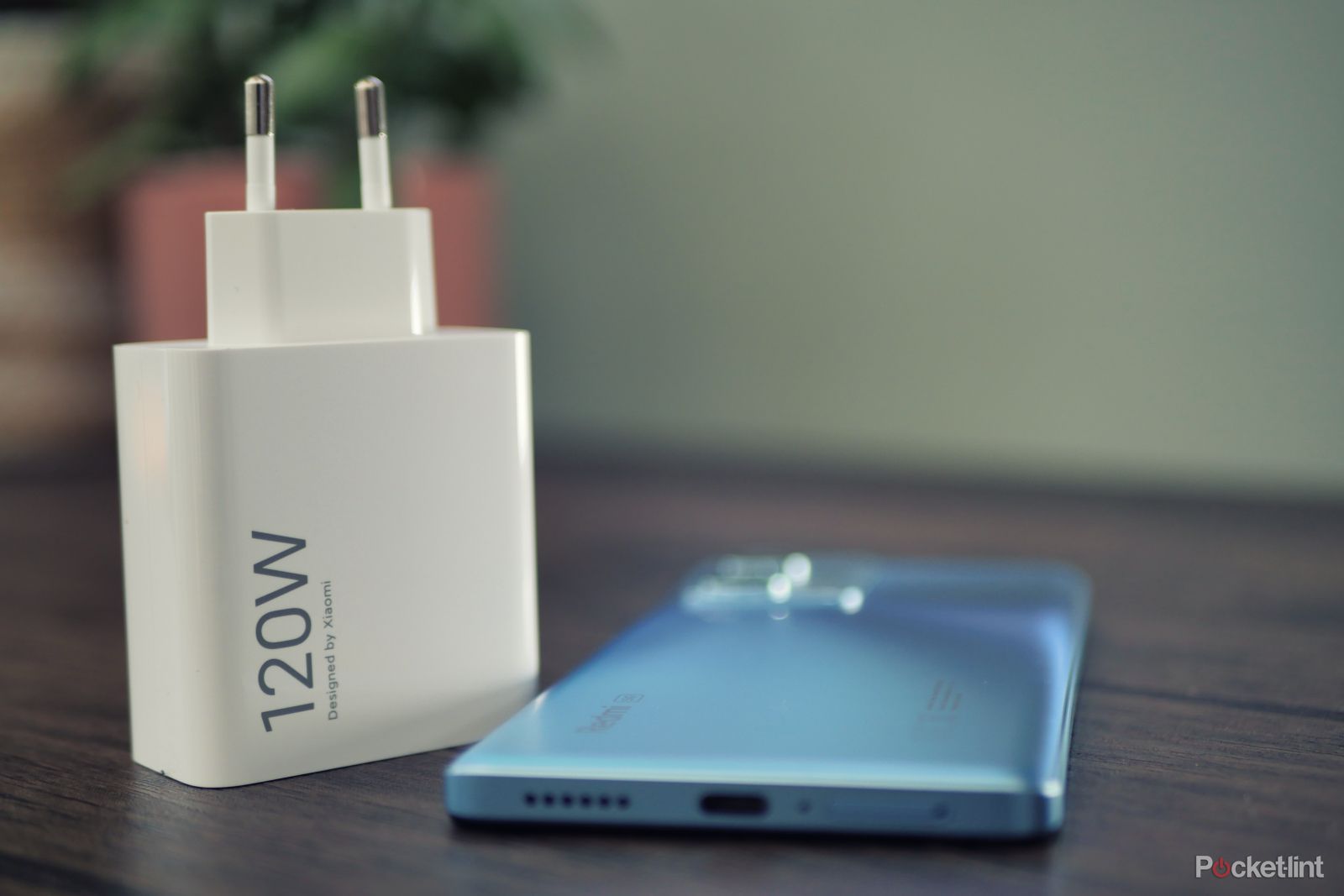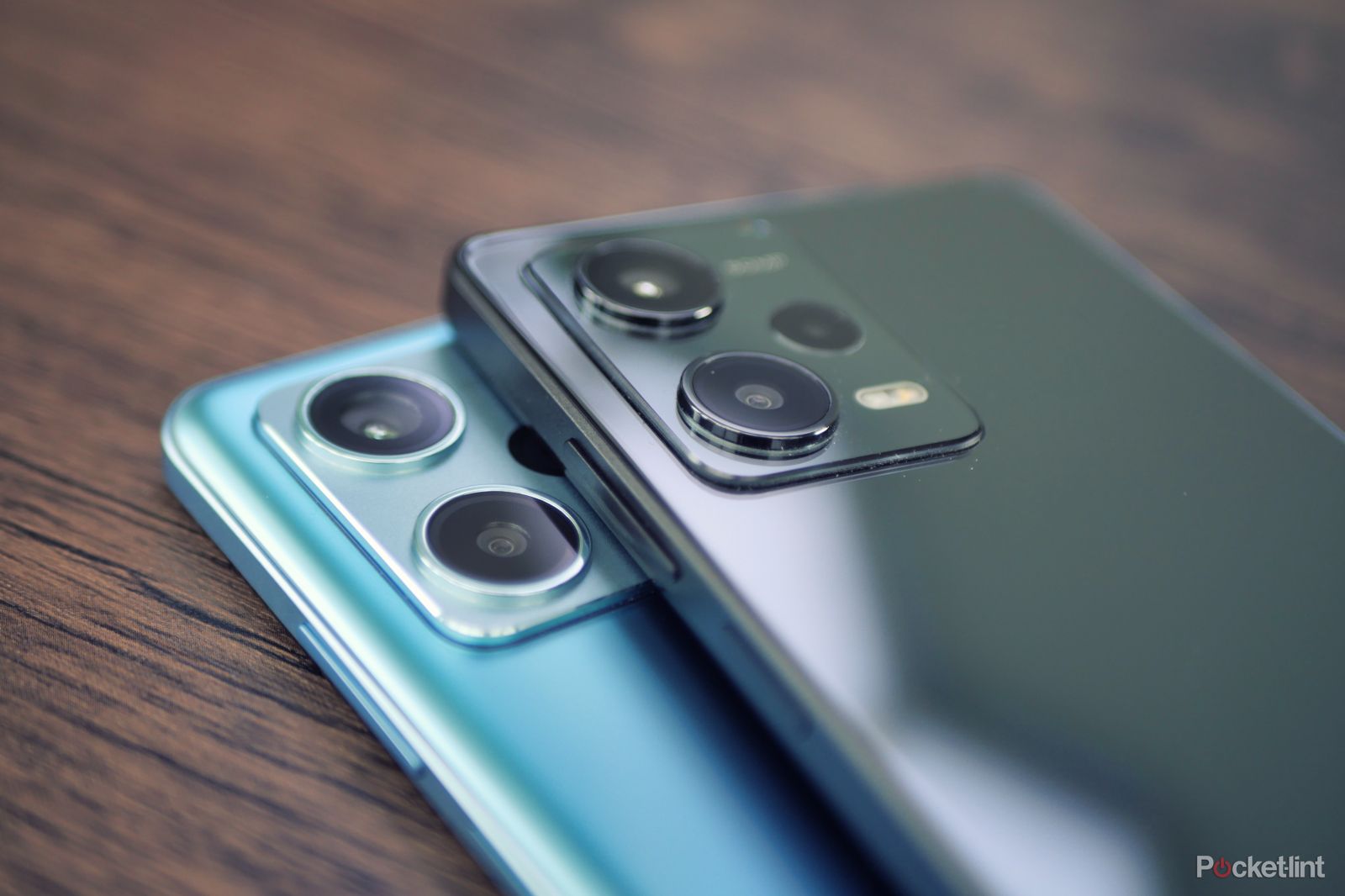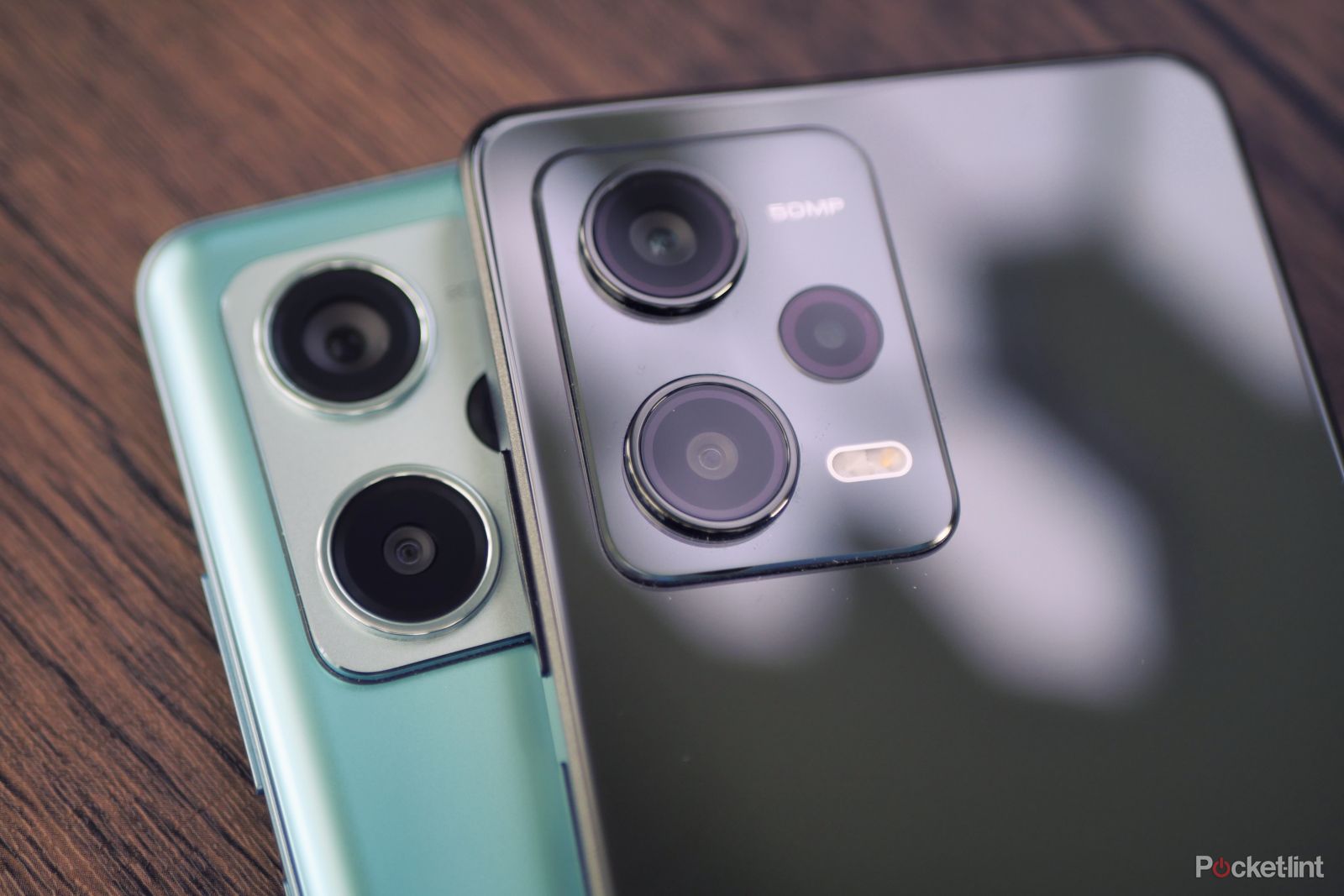-
Redmi
Redmi Note 12 Pro+
Our top pick
Redmi Note 12 Pro+ offers many popular features at affordable prices. These include a 200MP main camera, 120W HyperCharge technology and a beautiful 120Hz AMOLED display. It looks good doing it, too, interesting things.
Goodness- 200MP main camera
- Fast speed of 120W
- Very good price
evil- Lots of bloatware
- No MicroSD support
-
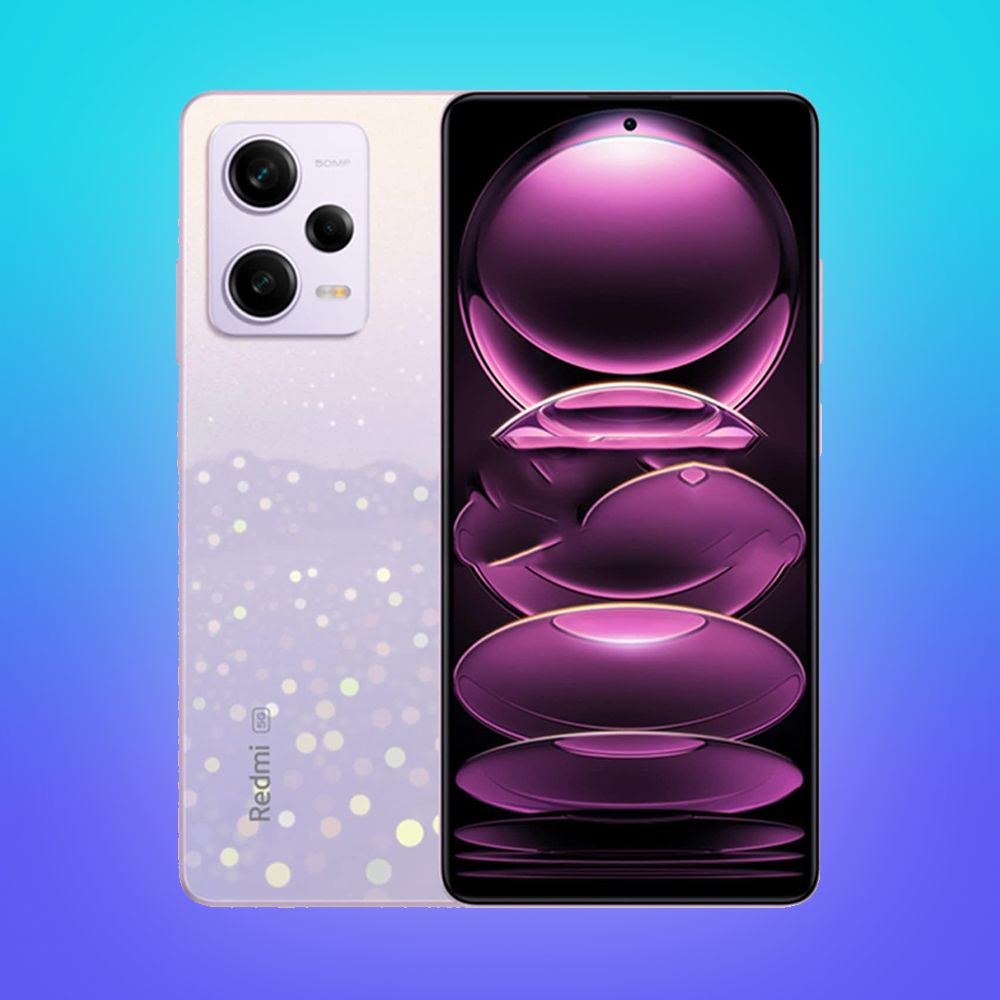
Redmi
Redmi Note 12 Pro
Very good price
The lack of a 200MP snapper means this phone may not have the same focus, but that doesn’t mean it should be ignored. It still has an impressively large camera, charges quickly, and offers a similar experience elsewhere.
Goodness- Special price
- Great production
- Great solid camera
evil- Software explosion
- No MicroSD support
Redmi is Note 12 Series now available worldwide, this time, there are two Pro models, Note 12 Pro and Note 12 Pro+.
Outwardly, they look very similar, and they are all powered by MediaTek Dimensity 1080 SoC. So what’s the difference?
There are a few areas that differentiate these phones, and the right model for you all depends on your preferences and budget.
In this article, we’ll take an in-depth look at these cheap players to see which ones are worth a place in your pocket. Let’s get in the water.
Description, price and availability
The Redmi Note 12 series was announced in October 2022, which started only in China. Then in January 2023, Xiaomi held an event in India to announce the launch of these phones globally.
Finally, these impressive devices went to Europe in March, where the Redmi Note 12 Pro sells for €399 / £339 and the Redmi Note 12 Pro+ goes for €499 / £449.
-
Redmi Note 12 Pro+ Redmi Note 12 Pro SoC MediaTek Dimensity 1080 MediaTek Dimensity 1080 Show it 6.67-inch FHD+ 120Hz 6.67-inch FHD+ 120Hz Ram 8GB / 12GB 6GB / 8GB Storage 256GB 128GB / 256GB Battery 5000 mAh 5000 mAh Operating system MIUI 14 MIUI 14 Front camera 16MP f/2.45 16MP f/2.45 Rear cameras 200MP f/1.65 + 8MP f/2.2 + 2MP f/2.4 50MP f/1.88 + 8MP f/2.2 + 2MP f/2.4 Dimensions 162.9 x 76 x 8.9 mm 163.0 x 76.03 x 7.98 mm Species Midnight Black / Polar White / Sky Blue Midnight Black / Polar White / Sky Blue Display type AMOLED AMOLED Weight 210.5g 187g per Payment 120W HyperCharge 67W Turbo Charge IP Review IP53 IP53
Design and construction
Both the Redmi Note 12 Pro and Pro+ share the same design, the cameras are in the same position and the button layout remains the same on both models. Both phones have a headphone jack, and we’re glad to see this included.
The main difference in the design is that the Pro + has a slight edge on the back panel, while the Pro has a full back. Both models have flat screens on the front, so it’s around the back where you’ll notice the difference.
In fact, it feels the same in the hand, but the Pro + can be more comfortable to hold, thanks to its edges. There’s something to be said for the Pro’s premium design, however, it looks pretty cool and reminds us of the iPhone – which isn’t a bad thing.
Another differentiator is the color options available for each model. We have the Midnight Black Note 12 Pro and the Sky Blue Note 12 Pro+ for testing, and both look amazing on their own.
The Sky Blue color is our favorite, it changes and changes to different shades of black and light blue depending on the ambient lighting, and looks great. Midnight Black is very low, very shiny. It looks great, but it’s an absolute fingerprint magnet, which we find a bit annoying.
Show it
Both phones have 6.67-inch FHD+ AMOLED displays with zippy 120Hz refresh rates. As far as we can tell, there doesn’t seem to be any difference between the two models.
They all benefit from flexible cooling technology and have support Dolby Vision and HDR10+ and DCI-P3 color gamut.
It tops out at 900 nits in maximum brightness, which is more than adequate most of the time, but you may start to struggle with sunlight on very bright days.
The Note 12 Pro+ mentions Corning Gorilla Glass 5 in its specifications, while the standard Note 12 Pro does not mention the glass used. This may be an area where observations differ, but in our testing, we couldn’t tell the difference.
Hardware and battery
Both phones run on MediaTek’s Dimensity 1080 processor, which is also used in the desktop. Samsung Galaxy A34. It’s not a high-end game show, but it will satisfy most people’s needs.
In day-to-day use, we found the processor to be smooth and intuitive, and we didn’t notice any lag. It’s only when you load up the game that it shows more like Genshin Impact to begin to see the difference between this chip and the top model. Of course, you can run games like that on these devices, you will only have 30fps on lower devices.
Both the phones have the same 5000 mAh battery, so the battery performance is the same for both the devices. We found that we could squeeze about a day and a half out of it on a charge, but that won’t happen if you take a lot of photos or play games. In any case, we didn’t get a phone call before bed, which is very important.
The difference here is the speed of payment. The Pro+ benefits from a 120W fast charging, while the standard Pro has a 67W wall adapter. In fact, both phones charge very quickly, which makes them easy to own, but if you want more speed, then the Pro + is the model for you.
Cameras
The main difference between Redmi Note 12 Pro and Pro+ is the main camera. With a large 200MP on the Pro +, the sensor is made by Samsung and is very similar to the one shown in the line. Galaxy S23 Ultrawhich is amazing at this price point.
The Note 12 Pro, meanwhile, has a smaller 50MP sensor but is still a good performer. The Pro uses Sony’s IMX766 sensor, which is standard, and has impressed us on devices such as Asus Zenfone 9 and No phone (1) in the past.
In fact, you don’t use any of these sensors at their maximum resolution, instead, phones use a technique called pixel art allowing for better image quality and smaller file sizes possible.
We haven’t been able to put these cameras through their paces, but we expect better clarity and detail from the Pro+. Also, you have the option of taking high-quality photos that you can upload, so that you can look like a digital version. This will be more effective on the Pro+ than the regular version.
Elsewhere, the camera setup is the same on both models, and it’s a little complicated. There is an 8MP Ultra-wide which is not much compared to the main camera along with a useless 2MP macro snapper.
On the front, you get a 16MP punch-hole selfie camera on both devices. It has an aperture of f/2.45 and can shoot up to 1080p 60fps.
Redmi Note 12 Pro vs Note 12 Pro+: Which should you choose?
In our opinion, it is clear that the Redmi Note 12 Pro + is the superior device. It has an impressively large camera and charges quickly and comes with a slightly more comfortable design.
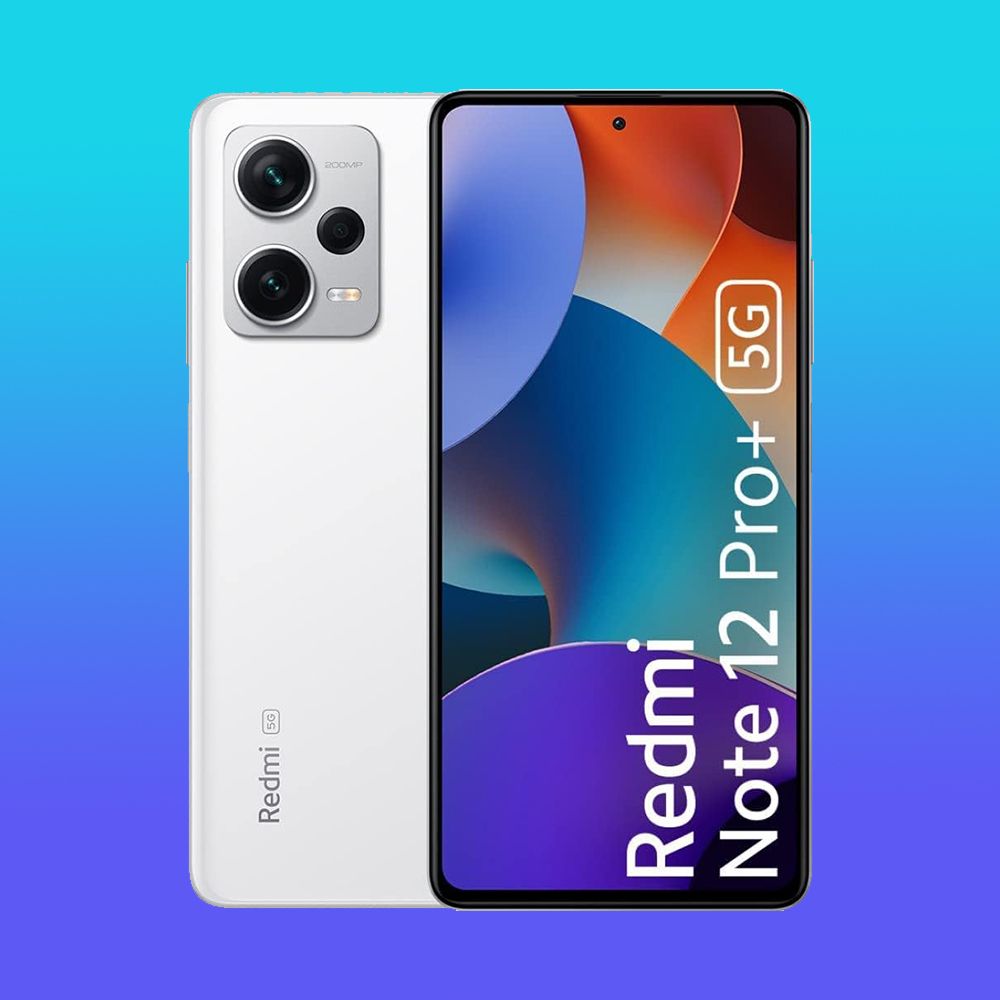
Redmi
Redmi Note 12 Pro+
Editor’s Choice
Packing an amazing 200MP main camera, along with a beautiful 120Hz AMOLED display and lightning fast 120W, the Redmi Note 12 Pro+ offers exceptional value for money.
However, elsewhere, the two phones are similar – and the standard Note 12 Pro costs less. So you can have the same experience while saving yourself money, as long as you’re willing to sacrifice a little bit of image quality.

Redmi
Redmi Note 12 Pro
A good way
You may not find a 200MP sensor head, but elsewhere the standard Note 12 Pro offers a similar experience. If you’re looking for a bargain, look no further.
In any case, these tools offer exceptional value for their prices, so it’s hard to go wrong with either option. As always, when it comes to what’s best for you, it depends on your preferences, and your budget.
